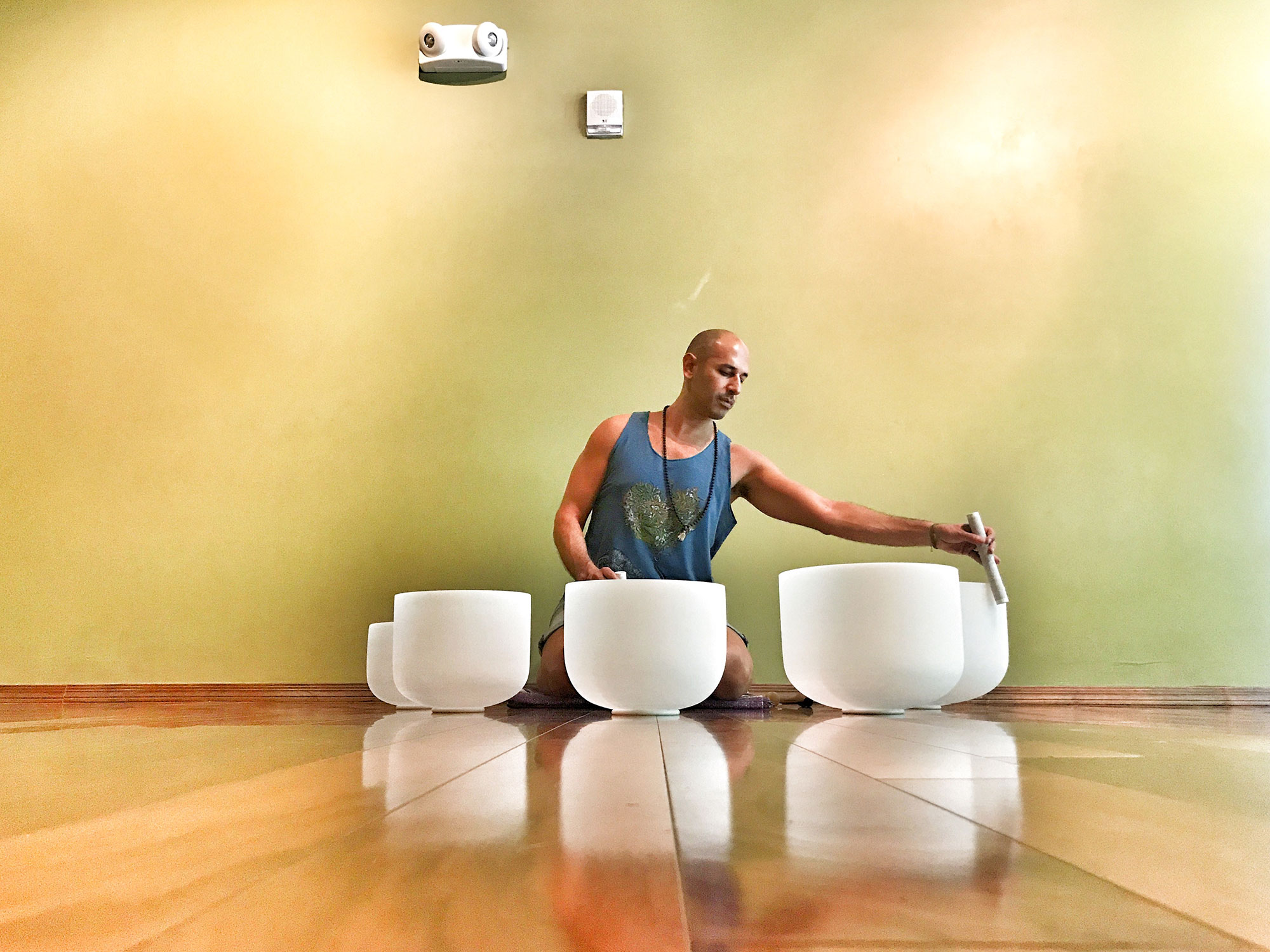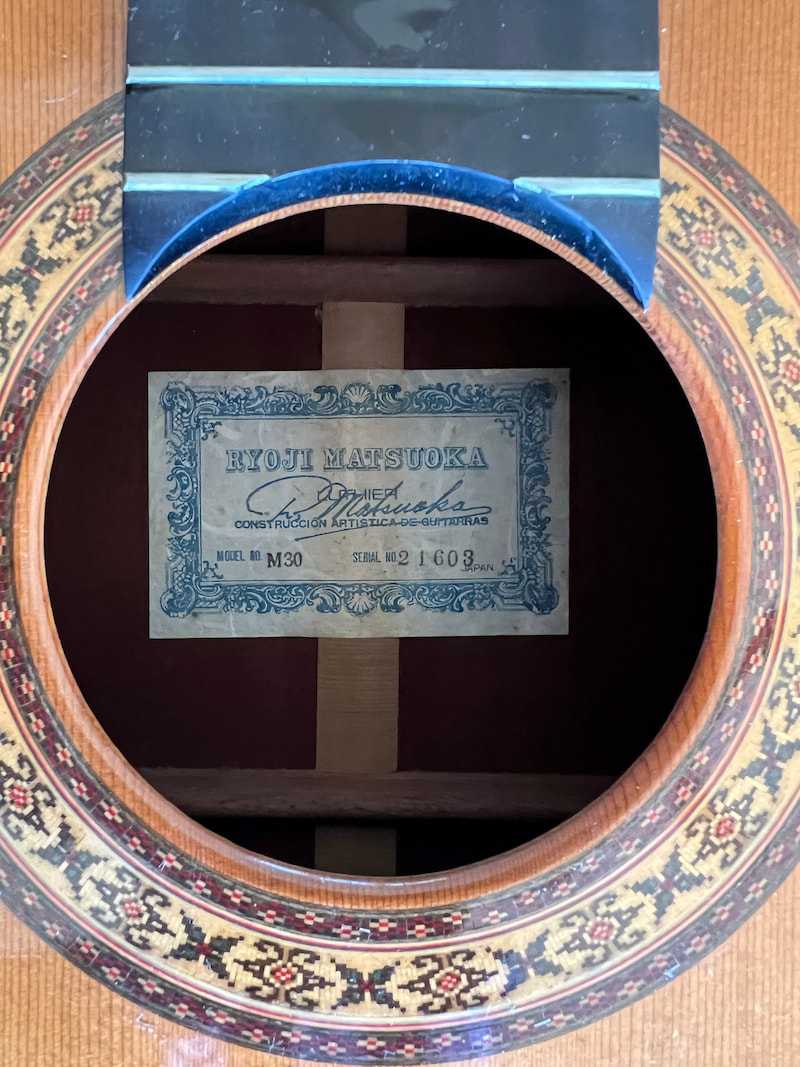Quartz Crystal Singing Bowls
Quartz crystal singing bowls have become increasingly popular among sound practitioners, meditation teachers, and wellness professionals. These beautiful instruments produce pure, resonant tones that can create deeply transformative sonic experiences. However, there are many misconceptions and marketing myths surrounding these bowls that can mislead practitioners and consumers alike. In this comprehensive guide, we’ll explore the true history and manufacturing of crystal singing bowls, examine the different types available, and provide practical guidance for playing these remarkable instruments effectively.
Note: This article was originally published on my website around 2015. While the fundamental information about crystal singing bowls remains accurate, the market landscape, pricing, and availability mentioned throughout may have evolved since then.
History of Quartz Crystal Singing Bowls
Quartz crystal singing bowls are a modern invention. It was not until the 1980s that the silicon industry began to use quartz crucibles to grow single crystal ingots from silicon metal for use in the production of high quality silicon wafers—i.e., computer chips. These chips are found everywhere and still are made using the same methods. In fact, your smartphone or computer likely contains silicon grown in a fused quartz crystal bowl. Fused quartz glass is the only material that provides the temperature stability suitable for the manufacture of single crystal ingots. It was likely someone in this industry who figured out that these crucibles (bowls) produce a wonderfully resonant tone when “sung” or struck. This discovery created a whole new use for these bowls in the world of sound.
Silica Sand
One common belief is that quartz crystal bowls are made from precious crystals that are crushed. In reality, quartz crystal bowls are made from silica sand, which is naturally occurring broken down quartz. Silica sand is essentially the product of erosion—water, wind, etc. The silica sand is fused at very high temperatures into the shapes required for crystal bowls. Because sand is composed of tiny particles, there is no need to crush large quartz crystals in the manufacturing process. Also, silica sand is quite plentiful and not a rare or precious material, though it does have remarkable qualities making it ideal for use in singing bowls. It’s best to think of crystal bowls as glass products, with incredibly high resonance.
Sources of Quartz
Silica sand is currently mined in many countries and no matter where it comes from it exhibits the same properties. Some sellers market bowls made of “American” quartz, apparently because the American market is willing to pay more for quartz mined here. However, the source of silica sand is of little relevance in determining the sound of a bowl. Whether the silica sand comes from the United States, South America, India, or China, it will exhibit the same qualities. Bowl sellers that claim their quartz is from the United States are also largely taking this information from the factories overseas that manufacture the bowls and market them to the wholesale market in the United States. It would be extremely difficult to verify the source of quartz used in making any particular bowl because simply put: quartz is quartz. This is not to say that the sound of every bowl is the same because some manufacturers are able to make bowls that resonate longer and with different harmonic overtones. These properties are unrelated to the source of the quartz.
The source of manufacture for most bowls on the market today is China. A popular brand, which is used by many practitioners, often implies or states that its bowls are “created” in the United States. However, this language is a bit deceptive. For frosted bowls, even those from this popular manufacturer, the bowls are still made overseas. Their “creation” appears to be more of an energetic concept, rather than a statement as to their manufacturing location. The problem is that re-sellers of these bowls take the statement literally and then advertise the bowls as Made in the U.S.A. This is either willful ignorance or deliberate deception. For the higher-end bowls known as “Alchemy Bowls,” some of these do appear to be made in the U.S.A., though their price is generally much higher and reflects this fact. Regardless, the place of manufacture is not always relevant to the quality or sound. Therefore, it is best to take any claims of “made in the U.S.A.” with a grain of salt—or a grain of sand—and look to other measures of quality.
Chakra Tunings
As we discussed in the section on chakra, one common way that bowls are sold is in so-called “Chakra sets,” which are generally sets of 7 bowls in the key of C-Major. These sets assign the notes C, D, E, F, G, A, B to the 7 major chakras, starting with C as the root (muladhara) and moving up the scale. As already noted, there is no historical basis for this system, nor is it the only system used. While this system creates an easy to use set of bowls, the Eastern systems from which the chakra understanding comes did not use the same equally tempered scales as the West, making it very unlikely (more like impossible) that these systems would have placed a C-Major scale alongside the chakras in their practices.
One will also encounter other notes outside of the C-Major scale now being sold to work with particular glands and organs. There is no historical basis for these so-called glandular tunings, though there may be some evidence that certain frequencies (for example higher vs. lower) will vibrate different tissues. Just like working with the chakras, perhaps it’s the intention that matters most along with the actual experience of the recipient. This is not to discount the value of bowls in working with the body (including subtle body), but practitioners need not feel constrained by the idea that only one note will work when many notes might also work well.
Frosted Crystal Singing Bowls
There are now several types of quartz crystal singing bowls in the marketplace. The most common are the “frosted” singing bowls. These types of bowls are the largest, heaviest, and loudest of the quartz singing bowls available. They provide the most vibration because of their thickness and size, which allows them to sustain a lot of vibration. Frosted singing bowls also tend to be the most affordable, with full sets of 7 bowls (the so-called chakra sets) available for anywhere from $1,300-$2,500. Variations in tuning, finish, color, and texture can raise the price considerably. Many practitioners choose to use 1-2 large frosted bowls for deeper tones and vibration, while perhaps using other types of bowls for higher frequencies where felt vibration is not as important.
Clear Quartz Singing Bowls
A step above frosted bowls are clear quartz bowls, which are not as voluminous as frosted bowls, but produce much clearer tones. In general, clear bowls will be smaller and thinner in their construction. They are also softer in their volume. As a result, clear bowls are used primarily by sound therapists and professionals who value their pure clear tones. Unlike the frosted bowls, clear bowls produce harmonics similar to the newer Himalayan bowls. When sung, clear bowls emit a lower tone and when struck, a higher harmonic is heard. Clear bowls also sustain their sound for much longer than frosted bowls. Full sets of clear bowls are often over $2,000 for a set of 7-8 matched bowls. Individual bowls are generally $300-$1,200 each for quality bowls, depending on the size and tunings. Every year, manufacturers are getting better and better at making clear bowls. Large clear bowls over 10″ used to be rare, but they are now readily available in sizes up to 12″. The sizes and capabilities of manufacturers to make larger clear bowls will likely continue to increase over time.
Alchemy Style Bowls
Moving away from clear bowls, are bowls infused with metals and other gemstones. These are often referred to as “alchemy” bowls because of the alchemy produced by the combination of gemstones, minerals, or metals with the pure quartz. There are two types of alchemy bowls on the market. One type combines metals and minerals with frosted quartz bowls that are then treated to have a smooth finish. Another type combines these metals and minerals with clear bowls. The sounds of these bowls are comparable to their pure quartz counterparts, but because of the infused minerals and metals, they produce variations in sound with varying harmonic overtones. Often the sound is more “earthy” or even muted than their pure quartz counterparts. Part of the appeal in these bowls is their beautiful appearance. Their pricing generally reflects this, with bowls ranging from $600 to over $2,000 per bowl.
Playing Crystal Bowls
There is really no need for a lengthy discussion of how to play crystal bowls, but some concepts are useful for beginners to understand. These concepts can also apply to Himalayan bowls. In some ways, it’s best to learn the basic techniques of playing and then forget about everything written here and listen to the sound, letting the moment of creation flow.
Mallet Techniques
Singing
When we speak of singing a bowl, we are referring to a movement of the mallet that creates friction against the outside rim of a bowl in a circular or semi-circular pattern. With frosted bowls, which are usually rough on their outside, singing can create an unpleasant rubbing sound when using a suede mallet. Therefore, it’s best to use a rubber mallet when singing a frosted bowl. When singing clear bowls, alchemy bowls, and smooth frosted bowls, the suede mallets often work best and do not create any unpleasant rubbing sound. The direction of movement will depend in large part on the player and the hand used. It is worth experimenting with directions to find one that is effortless and smooth. To get a bowl singing from silence, apply pressure and move quickly. As the bowl starts to sing, the pressure can be reduced along with the speed. If the bowl begins to vibrate intensely it may bounce against the mallet creating a rattling or buzzing sound, in which case one can simply stop singing the bowl and let the sound resonate until the vibration is reduced.
Striking or Inviting
The other technique for playing is to strike the bowl gently, creating a bell-like tone that brings out the upper harmonics. Either type of mallet can be used, though the suede mallets will create a sharper sound. Extreme care must be taken with this technique because it is possible to break a bowl by striking it too hard. In Plum Village, the Buddhist community led by Thich Nhat Hanh, they teach that we never “strike” a bowl as that would be a violent act. Instead, we “invite” it. Thus, one may also hear the term “invite” used by some practitioners to refer to this same technique.
Playing Styles & Considerations
Simple Style
The easiest way to play bowls is to simply go with your intuition, playing one bowl at a time with some overlapping strikes. For beginners, this is often the first technique explored. Once there is familiarity with playing techniques, one can try the drone style. A popular method involves starting with the lower bowls and moving up.
Drone Style
In Eastern music traditions, especially the meditative styles of Indian Classical Music, the mind of listeners is entrained by playing in modes that begin with underlying drone notes. The drone notes never change and are ever-present, giving the mind something to settle upon while listening. When playing bowls in this style for meditation, we generally create a drone with a lower pitched bowl that is softly played throughout the meditation. The drone will generally start soft and be played with the rubber mallet. The drone is the foundation upon which other notes are then layered over. This technique requires comfort with two-handed playing.
Playing with Ethos
Ethos is the emotional drive created by the sound—or the spirit. The most powerful sound meditations will utilize ethos to drive the experience of the participants. As one plays, listen to the feeling within you, and sense the feeling of the participants. Bowls are particularly useful for playing with the ethos of a meditation. In simple bowl sets it is usually possible to play with the simple ethos of happy and sad associated with major and minor chords, but more nuanced ethos can also be created that go beyond these binary emotional states. The best way to learn how to create ethos is to spend time with each individual set.
Creating a Theme
To create powerful meditations, for each meditation, consider developing a theme. That is, consider using a repeating pattern, rhythm, or combination of bowls that the mind can settle upon. Jumping around randomly without direction can be disorienting for the listeners. Of course, this can be a valid intention, but it can also lead to a feeling of disharmony. If we listen as we play, we will be guided towards the sounds that reflect our inner feelings, with the bowls providing the voice.



